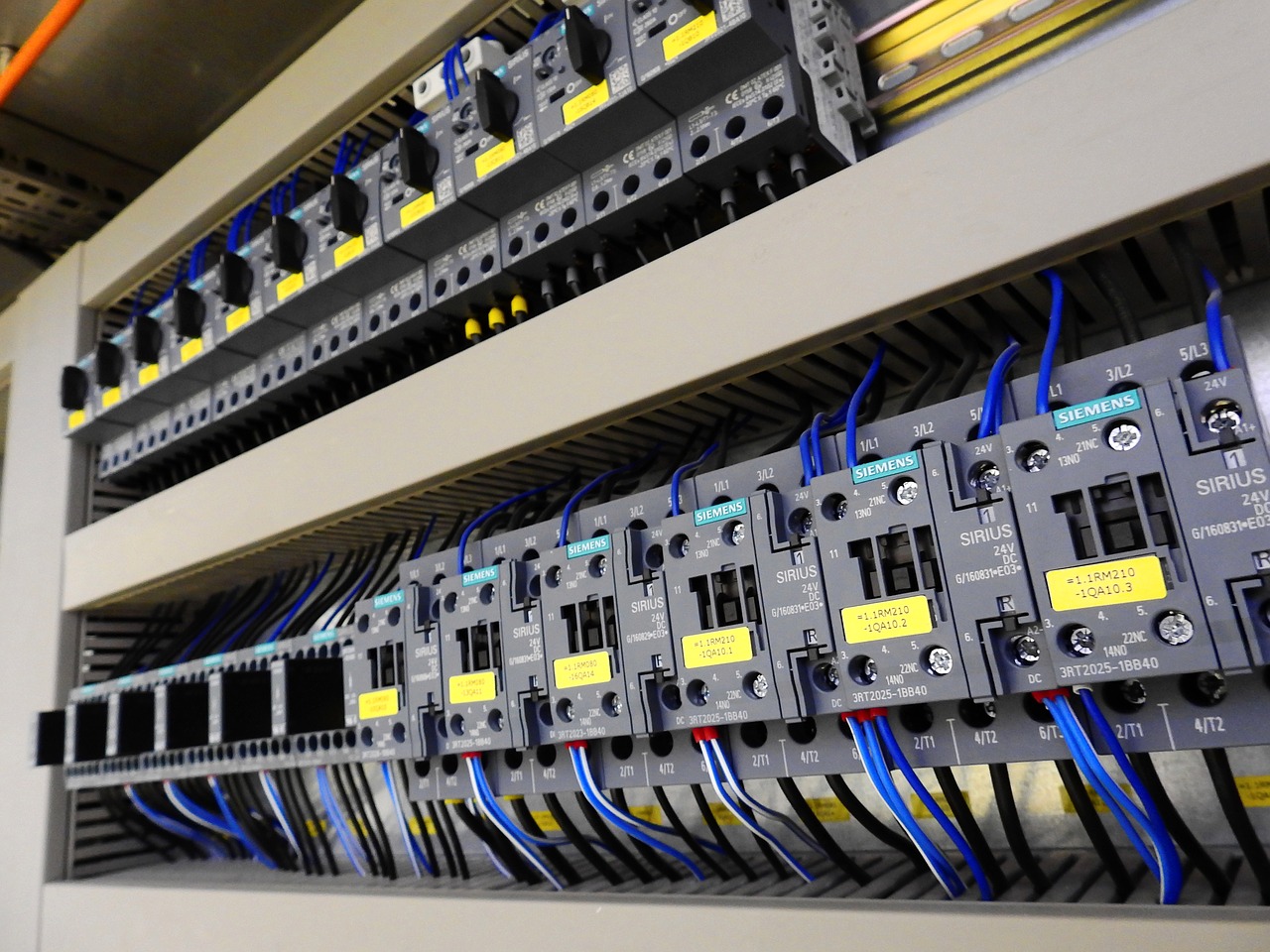As a facilities manager or an individual in charge of building maintenance, working safely around electricity is critically important and requires adherence to certain standards and practices set forward by the NFPA. The National Fire Protection Association (NFPA) is the U.S.-based international nonprofit organization committed to preventing injury, death and economic loss resulting from fire and electrical hazards.
The Occupational Safety and Health Administration (OSHA) recommends adherence to NFPA 70E, also known as the Standard for Electrical Safety in the Workplace, to ensure companies are implementing best practices to create a less hazardous work environment.
What Is NFPA 70E?
The NFPA 70E standard focuses on developing and implementing practical safeguards to help workers optimize safety while being productive within their job functions. The standard specifically outlines safety requirements in these areas:
- Electrical equipment installed on or within buildings or other structures
- Conductors that connect these installations to an electrical supply
Examples of the practices detailed in the standard include establishing safe work zones with boundaries, encouraging appropriate body positioning, and developing written procedures for reducing incidents.
What’s the Difference Between NFPA 70E and NFPA 70B?
NFPA 70B — the Standard for Electrical Equipment Maintenance— outlines the appropriate preventative maintenance procedures for electronic, electrical and communication systems and equipment, while the NFPA 70E standard addresses worker safety. NPFA 70B is now a standard that includes guidelines on appropriate maintenance frequencies for electrical systems and equipment and outlines test types for each system.
Both 70E and 70B focus on eliminating electrical hazards to maximize safety in the workplace.
What Are the Main NFPA 70E Changes for 2024?
There are numerous updates to NFPA 70E that facilities managers and others should be aware of to maintain compliance in 2024, including the following:
Protector Revisions
The term “protectors” has replaced “leather protectors.” An updated definition amends Article 100 to indicate that a protector is a “glove or mitten to be worn over insulated gloves.”
Increased Emphasis on Operating Condition
The 2024 standard uses the term “operating condition” in place of “equipment condition” in several areas. For instance, a piece of equipment is deemed to be in “normal operating condition” when it meets specific requirements regarding installation, maintenance, fault current rating and usage in accordance with instructions.
Closed Doors and Personal Protective Equipment (PPE)
A modification to Section 130.5 states that closed doors are insufficient to prevent the need for wearing appropriate PPE. A door may not be enough to contain the energy generated by an arc flash, which could cause it to blow open. Wearing PPE is an essential safeguard in these situations.
Hearing Protection
An adjustment to Section 130.7 indicates that anyone within an arc flash boundary must wear hearing protection, even if they are not actively working in the area. This change recognizes that being within the boundary for any purpose poses a potential hazard.
Locating Sources
A change to Section 120.5 indicates the need to identify situations where a neutral conductor continued to carry an electrical current after de-energizing phase conductors. The update recognizes that a potential hazard still exists in these circumstances.
Equipment Labeling
A new addition to Section 130.5 extends the current labeling guidelines for the arc flash boundary when determining the personal protective equipment requirements. Labels must be sufficiently durable to remain legible in the existing operating conditions.
Does OSHA Require NFPA 70E Compliance?
While OSHA does not require NFPA 70E compliance, the agency highly recommends businesses working with electricity follow its guidelines. OSHA may use the standard to support citations it issues for violations of other regulations.
How to Respond to NFPA 70B and NFPA 70E
To stay prepared as a business, here are a few best practices we recommend:
- Evaluate your risks: A comprehensive risk assessment will enable you to identify electrical hazards, determine their severity and implement the appropriate corrective measures.
- Establish a safety program: Develop and implement a targeted safety program that addresses electrical hazards, safety-related work practices and other relevant issues.
- Conduct training: Provide training for all workers exposed to electrical hazards. Ensure you’re only assigning qualified employees to electrical tasks.
- Investigate incidents: Always investigate every electrical incident to determine its cause and take the appropriate steps to prevent a reoccurrence.
We Can Help You Navigate NFPA 70B and 70E
At Power Products & Solutions, we are a NETA-accredited company that takes our customers’ safety and values seriously. We adhere to the updated NFPA70E/B guidelines and will bring your attention to anything in your facility that does not meet these standards. We can also answer your questions regarding how these changes impact your business now and in the future.
Contact Us for more information and to schedule service today.


